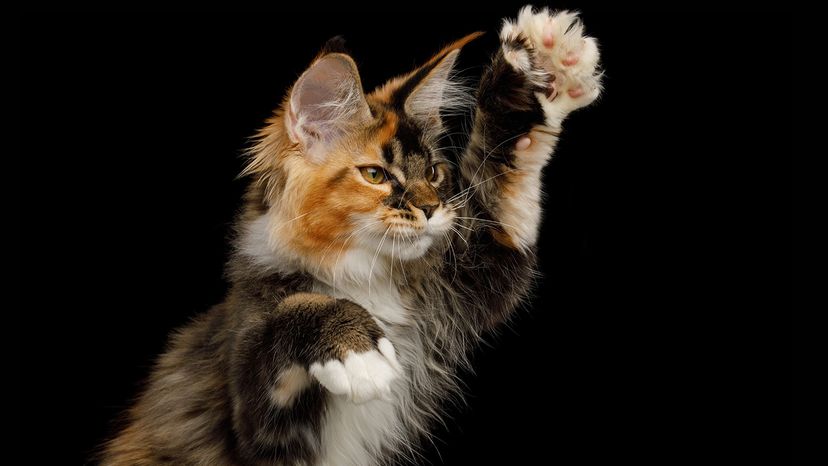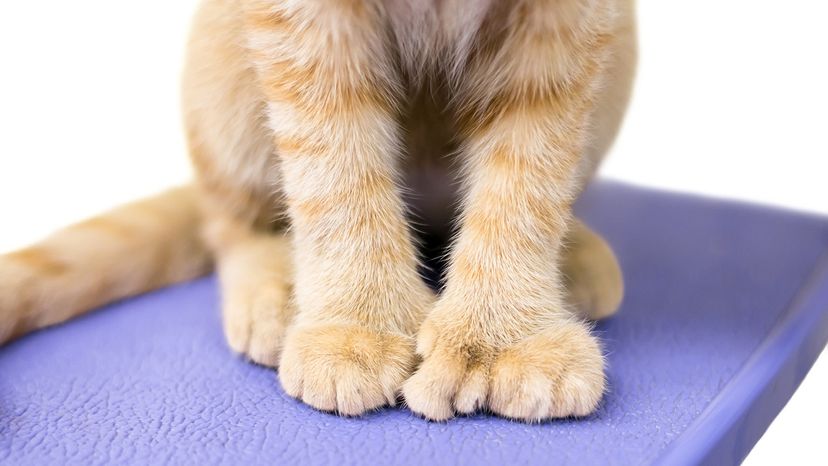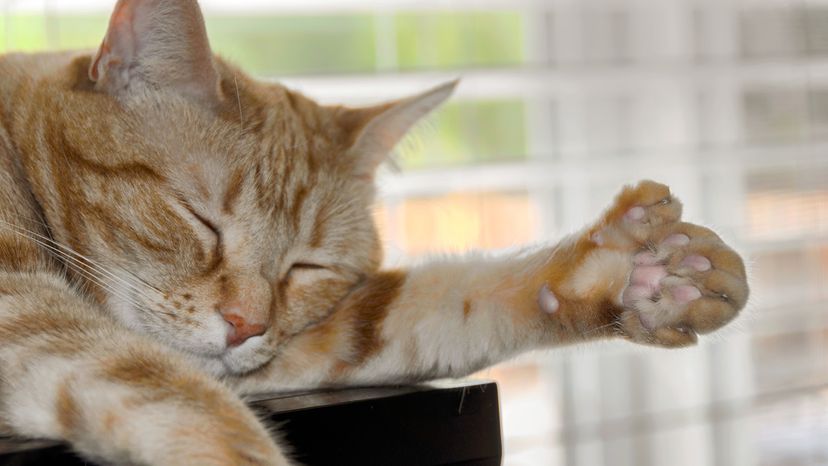
Ever met a cat with thumbs? You're not imagining things. These cats have a genetic mutation that causes them to be born with extra toes, sometimes resembling thumbs.
Advertisement

Ever met a cat with thumbs? You're not imagining things. These cats have a genetic mutation that causes them to be born with extra toes, sometimes resembling thumbs.
Advertisement

Polydactyl cats, also called mitten cats or Hemingway cats, have more toes than most cats. The name comes from the Greek words "poly" (many) and "dactyl" (finger or toe).
Most cats have five toes on their front paws and four on their back paws. A polydactyl cat can have six, seven, or even more toes, especially on its front paws.
Advertisement
This mutation is caused by a dominant gene, meaning just one parent with the gene can pass it on. Polydactyl cats are not a specific breed; they appear in many cat breeds, including Maine Coon cats, and are especially common along the East Coast of North America and in western England and Wales.
Writer Ernest Hemingway had a six-toed cat named Snow White, and his home in Key West, Florida, became a sanctuary for cats with "thumbs."
Today, dozens of these cats still roam the Hemingway House, leading to the nickname "Hemingway cats."
Advertisement
Polydactyl cats aren’t as rare as you might think. About half of the cats at the Hemingway House are polydactyl, and many polydactyl kittens are born every year.
They’re considered lucky by some, especially sailors who believed their hunting abilities and balance made them ideal ship cats.
Advertisement

Polydactyl paws don’t usually cause problems, though some cats may develop overgrown nails if the extra digits aren’t properly trimmed. According to small animal veterinarians, regular nail care is important, especially when claws grow from unusual angles.
Feline radial hypoplasia, a different condition, can also cause extra toes but may lead to deformities. Polydactyly on the hind paws is less common and can sometimes lead to confusion with this more serious condition.
Advertisement
These extra-toed felines might look a little different from non-polydactyl cats, but they’re just as playful, cuddly, and capable as any other — with a few extra digits for flair.
We created this article in conjunction with AI technology, then made sure it was fact-checked and edited by a HowStuffWorks editor.
Advertisement
Please copy/paste the following text to properly cite this HowStuffWorks.com article:
Advertisement